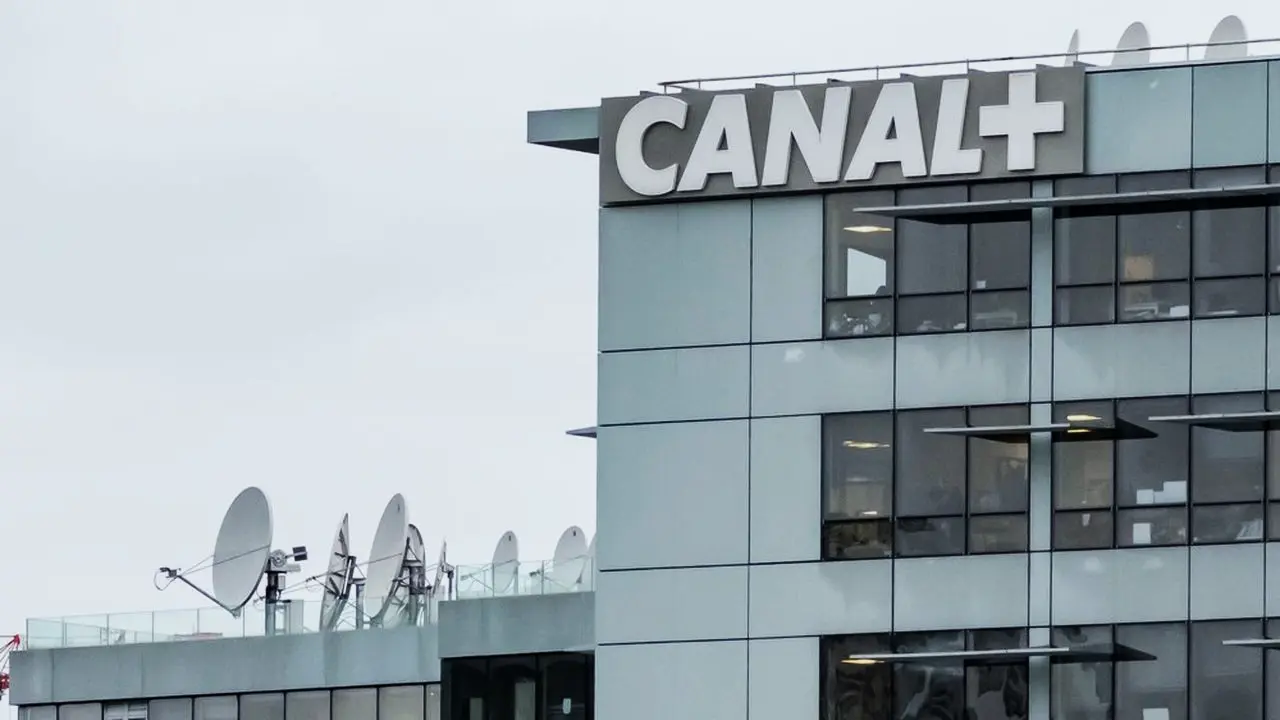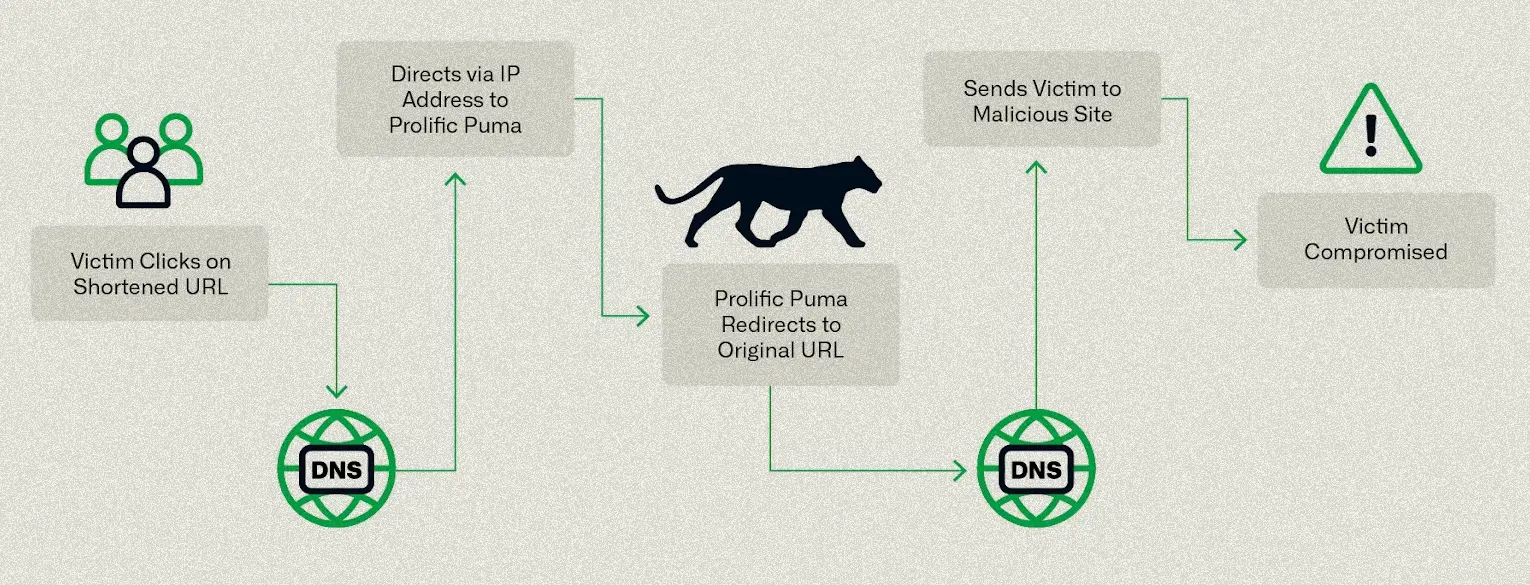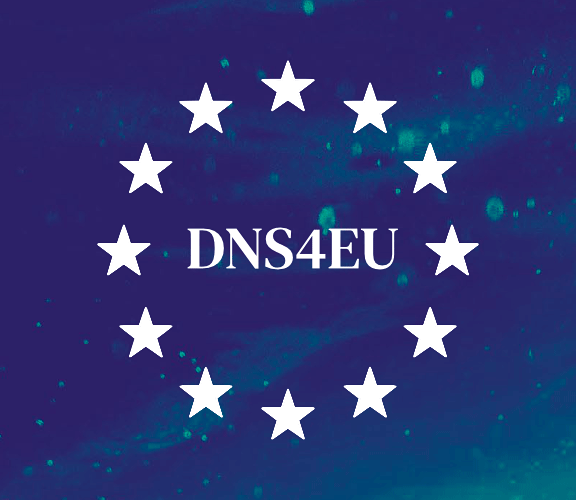

DNS |
Sponsored by |

|
 On Jan. 11, 2025, Verisign supported the Internet Corporation for Assigned Names and Numbers (ICANN) in taking a major step to ensure the continued security, stability, and resiliency of the Domain Name System (DNS). While imperceptible to most users, this action - specifically, the introduction of a new Domain Name System Security Extensions (DNSSEC) Key Signing Key (KSK) in the root zone - is the next step of a multi-year-long process to change, or "roll," the cryptographic key that secures the root of the DNS.
On Jan. 11, 2025, Verisign supported the Internet Corporation for Assigned Names and Numbers (ICANN) in taking a major step to ensure the continued security, stability, and resiliency of the Domain Name System (DNS). While imperceptible to most users, this action - specifically, the introduction of a new Domain Name System Security Extensions (DNSSEC) Key Signing Key (KSK) in the root zone - is the next step of a multi-year-long process to change, or "roll," the cryptographic key that secures the root of the DNS.
Experts at a CircleID and Edgemoor Research Institute webinar debated the challenges of domain registration data access in a post-GDPR world. Panelists explored the tension between privacy laws and legitimate data requests, the role of automation in disclosure decisions, and the need for a scalable, trust-based framework to balance compliance, cybersecurity, and enforcement interests.
Amid evolving privacy laws and rising cybersecurity threats, domain registration data disclosure remains a contentious issue. Beyond WHOIS: Filling the Gaps brings together experts to examine Project Jake's policy framework, aiming to balance privacy with legitimate access. Join industry leaders for insights on policy clarity, operational efficiency, and the future of domain name governance.
The global debate over Internet privacy and security took center stage in a webinar hosted by CircleID in partnership with the Edgemoor Research Institute. The event marked the first in a series exploring the delicate balance between safeguarding personal data and ensuring legitimate access to domain name registration details. As governments, cybersecurity experts, law enforcement, and intellectual property holders grapple with the evolving regulatory landscape, Project Jake seeks to establish a framework that prioritizes policy clarity, efficiency, and adaptability.
The collection and disclosure of DNS registration data have evolved chaotically, influenced by GDPR and other privacy laws. The system, while improving privacy, has enabled bad actors and raised costs for registrars and registries. Join experts at this event as they explore Project Jake's framework for balancing privacy with legitimate data needs, emphasizing policy clarity, efficiency, and adaptability.
At the ICANN 81 meeting in Istanbul on 10 November 2024, I gave a presentation about the DNS Root Server System, in an effort to increase understanding of the Root Server System (RSS) and Root Server Operators (RSOs). The talk was intended for the members of the ICANN Governmental Advisory Committee (GAC), but much of this explanation may be of interest to general audiences.
 Nearly 90% of the internet's generic top-level (gTLD) domain names do not have identifying contact information in the Registration Data Directory Services (RDDS) system, according to a report by Interisle Consulting Group. A key finding of the report is the rapid growth of registrar-provided proxy service offerings and the inclusion of these services for both new and existing registrations.
Nearly 90% of the internet's generic top-level (gTLD) domain names do not have identifying contact information in the Registration Data Directory Services (RDDS) system, according to a report by Interisle Consulting Group. A key finding of the report is the rapid growth of registrar-provided proxy service offerings and the inclusion of these services for both new and existing registrations.
 Abusive behavior that leverages the domain name system (DNS) continues to be a problem, with a reach that has been widely and credibly documented. There is little doubt that bad actors continue to use the DNS for nefarious and costly purposes. While the amendments made in 2024 to ICANN's Registry Agreement (RA) and Registrar Accreditation Agreement (RAA) were a step in the right direction, more advanced tools are needed to bring abuse rates down.
Abusive behavior that leverages the domain name system (DNS) continues to be a problem, with a reach that has been widely and credibly documented. There is little doubt that bad actors continue to use the DNS for nefarious and costly purposes. While the amendments made in 2024 to ICANN's Registry Agreement (RA) and Registrar Accreditation Agreement (RAA) were a step in the right direction, more advanced tools are needed to bring abuse rates down.
 As the world races towards digital transformation, the technologies we choose will have a lasting impact on our planet. Blockchain, NFTs, and other crypto assets have garnered much attention for their ability to securely and immutably store records. However, the environmental cost of maintaining these technologies is often overlooked. The energy consumption required to sustain blockchains, particularly those using Proof of Work (PoW), is enormous...
As the world races towards digital transformation, the technologies we choose will have a lasting impact on our planet. Blockchain, NFTs, and other crypto assets have garnered much attention for their ability to securely and immutably store records. However, the environmental cost of maintaining these technologies is often overlooked. The energy consumption required to sustain blockchains, particularly those using Proof of Work (PoW), is enormous...
 The European Union (EU) has set a high bar by tackling domain name system (DNS) abuse head on via government regulation and seems to have successfully resisted attempts to water down DNS stewardship obligations. Recent guidance from a key European Commission cooperation group (the NIS Cooperation Group) handling sections of the Network and Information Security Directive (NIS2) intends for a robust implementation of Article 28, which will go a long way toward helping to mitigate some of the longstanding problems that persist in the DNS.
The European Union (EU) has set a high bar by tackling domain name system (DNS) abuse head on via government regulation and seems to have successfully resisted attempts to water down DNS stewardship obligations. Recent guidance from a key European Commission cooperation group (the NIS Cooperation Group) handling sections of the Network and Information Security Directive (NIS2) intends for a robust implementation of Article 28, which will go a long way toward helping to mitigate some of the longstanding problems that persist in the DNS.
 On October 20th, ICANN and Verisign renewed the agreement under which Verisign will continue to act as Root Zone Maintainer for the Domain Name System (DNS) for another 8-year term. The Root Zone sits atop the hierarchical architecture of the DNS and is essential to virtually all internet navigation, acting as the dynamic, cryptographically secure, global directory of all top-level domains that exist in the DNS.
On October 20th, ICANN and Verisign renewed the agreement under which Verisign will continue to act as Root Zone Maintainer for the Domain Name System (DNS) for another 8-year term. The Root Zone sits atop the hierarchical architecture of the DNS and is essential to virtually all internet navigation, acting as the dynamic, cryptographically secure, global directory of all top-level domains that exist in the DNS.
 In today's interconnected world, your business's online identity is increasingly more vulnerable than ever. With the rapid advancement of AI and 6G technologies, cyber threats are evolving at an alarming rate, making it critical to protect your brand's digital presence. How can businesses proactively safeguard their online identity in this changing landscape?
In today's interconnected world, your business's online identity is increasingly more vulnerable than ever. With the rapid advancement of AI and 6G technologies, cyber threats are evolving at an alarming rate, making it critical to protect your brand's digital presence. How can businesses proactively safeguard their online identity in this changing landscape?
 The domain name system (DNS) is vital for businesses as it facilitates customer access to online services and resources. Strategic DNS management plays a pivotal role in cybersecurity, safeguarding against threat vectors and ensuring secure global connectivity across online channels including apps, email, websites, application programming interfaces (APIs) and more.
The domain name system (DNS) is vital for businesses as it facilitates customer access to online services and resources. Strategic DNS management plays a pivotal role in cybersecurity, safeguarding against threat vectors and ensuring secure global connectivity across online channels including apps, email, websites, application programming interfaces (APIs) and more.
 ICANN must act now to harmonize its domain name registration data (commonly known as WHOIS) policies with Article 28 of the European Union's Network and Information Security (NIS2) directive, first to adhere to applicable laws as it fulfills its oversight responsibilities and, second, to keep its word to the community to preserve WHOIS to the fullest extent possible under law.
ICANN must act now to harmonize its domain name registration data (commonly known as WHOIS) policies with Article 28 of the European Union's Network and Information Security (NIS2) directive, first to adhere to applicable laws as it fulfills its oversight responsibilities and, second, to keep its word to the community to preserve WHOIS to the fullest extent possible under law.
 The DNS is a crucial part of today's Internet. With the fracturing of the network's address space as a byproduct of IPv4 address run down and the protracted IPv6 transition the Internet's name space is now the defining attribute of the Internet that makes it one network. However, the DNS is not a rigid and unchanging technology. It has changed considerably over the lifetime of the Internet and here I'd like to look at what's changed and what's remained the same.
The DNS is a crucial part of today's Internet. With the fracturing of the network's address space as a byproduct of IPv4 address run down and the protracted IPv6 transition the Internet's name space is now the defining attribute of the Internet that makes it one network. However, the DNS is not a rigid and unchanging technology. It has changed considerably over the lifetime of the Internet and here I'd like to look at what's changed and what's remained the same.
 French Court Orders Google, Cloudflare, Cisco to Poison DNS in Anti-Piracy Crackdown
French Court Orders Google, Cloudflare, Cisco to Poison DNS in Anti-Piracy Crackdown Researchers Uncover Massive Underground Link-Shortening Service Used by Malicious Actors
Researchers Uncover Massive Underground Link-Shortening Service Used by Malicious Actors CIRA Calls for Experienced Professionals to Join Its Board
CIRA Calls for Experienced Professionals to Join Its Board EU-based DNS Internet Infrastructure Beginning to Take Shape, Planned to Onboard 100 Million Users
EU-based DNS Internet Infrastructure Beginning to Take Shape, Planned to Onboard 100 Million UsersThe fourth quarter of 2024 closed with 364.3 million domain name registrations across all top-level domains (TLDs), an increase of 2.0 million domain name registrations compared to the previous quarter, according to the latest issue of the Domain Name Industry Brief Quarterly Report, released Thursday at DNIB.com. more
The third quarter of 2024 closed with 362.3 million domain name registrations across all top-level domains (TLDs), a decrease of 0.1 million domain name registrations compared to the previous quarter, according to the latest issue of the Domain Name Industry Brief released Thursday at DNIB.com. more
The second quarter of 2024 closed with 362.4 million domain name registrations across all top-level domains (TLDs), unchanged compared to the first quarter of 2024, according to the latest issue of the Domain Name Industry Brief released Thursday at DNIB.com. more
The first quarter of 2024 closed with 362.4 million domain name registrations across all top-level domains (TLDs), an increase of 2.5 million domain name registrations compared to the previous quarter, according to the latest issue of the Domain Name Industry Brief released Wednesday at DNIB.com. more
The fourth quarter of 2023 closed with 359.8 million domain name registrations across all top-level domains (TLDs), an increase of 0.6 million domain name registrations compared to the previous quarter, according to the latest issue of the Domain Name Industry Brief released Wednesday at DNIB.com. more
The third quarter of 2023 closed with 359.3 million domain name registrations across all top-level domains (TLDs), an increase of 2.7 million domain name registrations compared to the previous quarter, according to the latest issue of the Domain Name Industry Brief released Wednesday at DNIB.com. more
The second quarter of 2023 closed with 356.6 million domain name registrations across all top-level domains (TLDs), an increase of 1.7 million domain name registrations compared to the previous quarter, according to the latest issue of the Domain Name Industry Brief released Thursday at DNIB.com. more